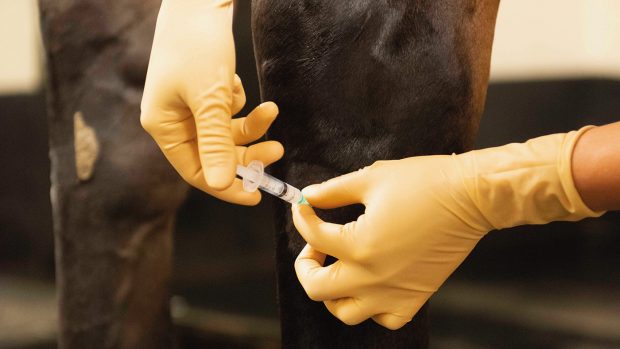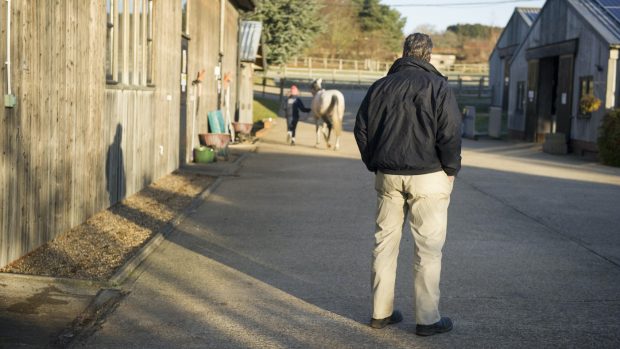Leg injuries are a common first-aid issue. If a horse is found hopping lame, the most common cause is still something in the foot, such as an abscess or a foreign body such as a nail or stone. A nail stuck in the foot is not always taken as seriously as it should be.
Most such wounds are superficial and respond well to first-aid treatment, but a deep nail puncture can permanently cripple a horse. If a horse cannot put its foot to the floor, always think of the foot before assuming it is something worse. Every horse vet has been summoned to a broken leg that turned out to be a foot abscess. We always hope it is that way round and not a suspected foot abscess that is actually a serious fracture. When reading about it, it seems unlikely that the two are confused, but it happens.
If your horse does have a fracture, it is well recognised that if it is managed properly immediately after the initial injury, this can improve the chances of recovery, and the same is true for tendon damage.
If a horse is extremely lame, it is important to prevent it from moving unnecessarily on the damaged leg and exacerbating the injury. Keep the horse as still as possible while help is sought. Proper immobilisation and support of the injury will help relieve pain, but inadequate splinting of a broken bone can make an injury worse.
With a suspected fracture or severe tendon injury, your vet may apply a large support bandage, known as a Robert-Jones bandage, to help the horse. There are now several commercial splints available for vets to use, such as the Kimsey Leg saver splint. This or other support bandages can be applied to enable the horse to travel for further evaluation and treatment.
Do not forget that first aid is the first thing done. Most important of all is ensuring that the horse is not in pain. Painkillers have improved, but this principle has not changed in the 21st century. Treating a wound, supporting a leg injury, good nursing and the correct management as soon as something goes wrong can all speed a successful recovery.
- This article formed part of a veterinary feature first published in Horse & Hound (19 January, ’06)




